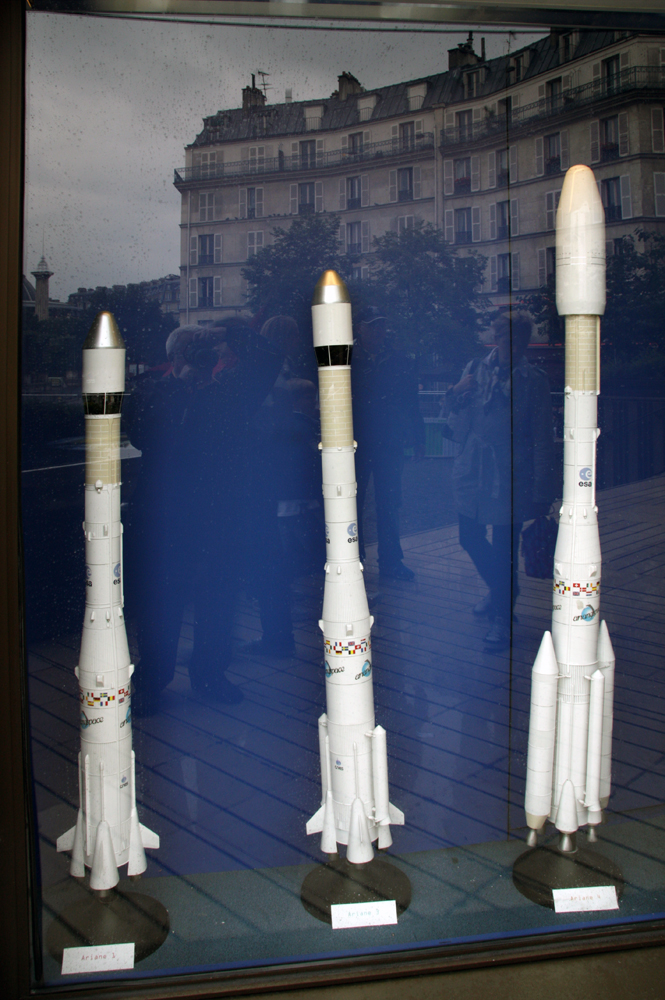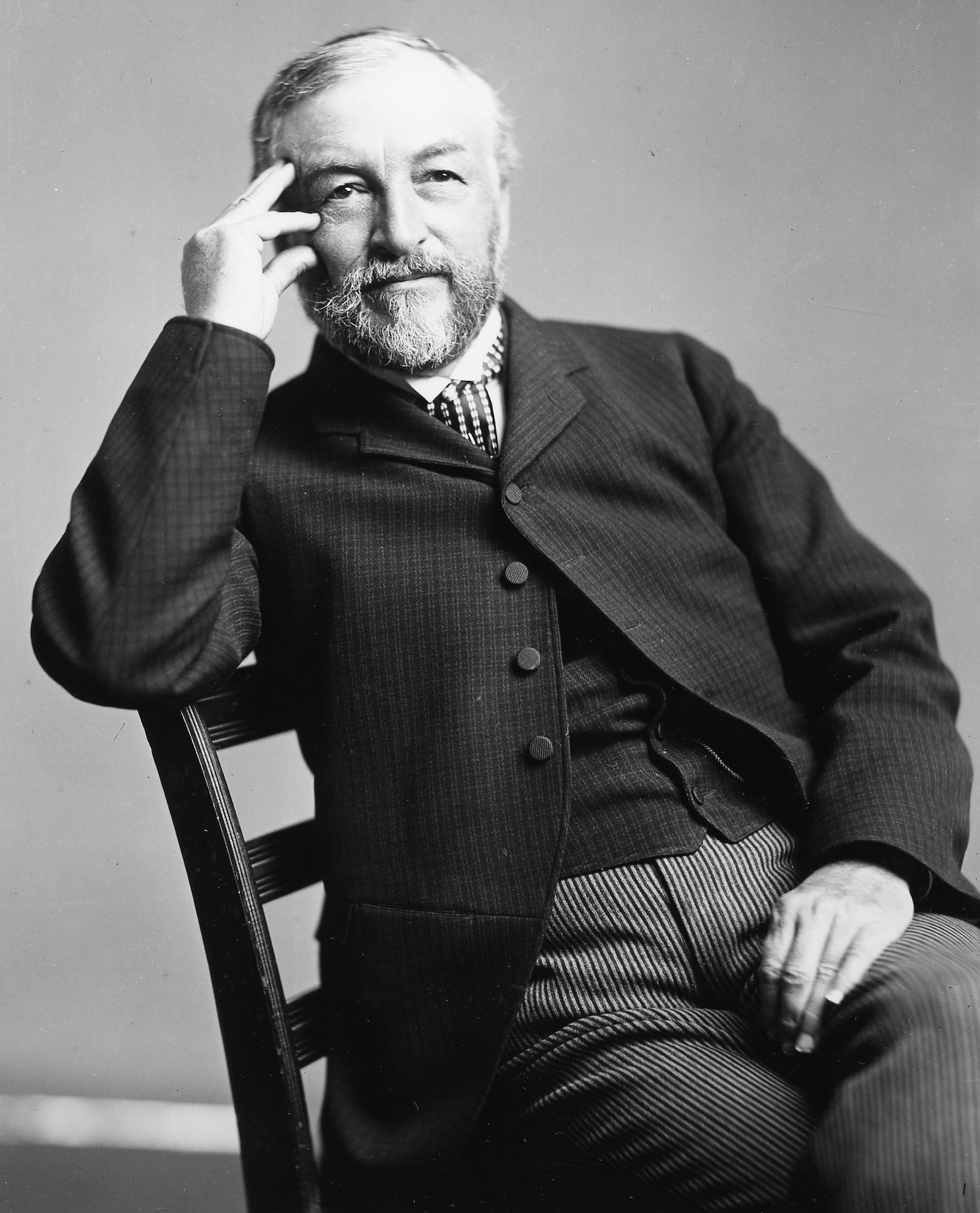|
Julian Day
The Julian day is a continuous count of days from the beginning of the Julian period; it is used primarily by astronomers, and in software for easily calculating elapsed days between two events (e.g., food production date and sell by date). The Julian period is a chronological interval of 7980 years, derived from three multi-year cycles: the Indiction, Solar, and Lunar cycles. The last year that was simultaneously the beginning of all three cycles was , so that is year 1 of the current Julian period, making AD year of that Period. The next Julian Period begins in the year AD 3268. Historians used the period to identify Julian calendar years within which an event occurred when no such year was given in the historical record, or when the year given by previous historians was incorrect. The Julian day number (JDN) has the same epoch as the Julian period, but counts the number of days since the epoch rather than the number of years since then. Specifically, ... [...More Info...] [...Related Items...] OR: [Wikipedia] [Google] [Baidu] [Amazon] |
Astronomer
An astronomer is a scientist in the field of astronomy who focuses on a specific question or field outside the scope of Earth. Astronomers observe astronomical objects, such as stars, planets, natural satellite, moons, comets and galaxy, galaxies – in either observational astronomy, observational (by analyzing the data) or theoretical astronomy. Examples of topics or fields astronomers study include planetary science, Sun, solar astronomy, the Star formation, origin or stellar evolution, evolution of stars, or the galaxy formation and evolution, formation of galaxies. A related but distinct subject is physical cosmology, which studies the Universe as a whole. Types Astronomers typically fall under either of two main types: observational astronomy, observational and theoretical astronomy, theoretical. Observational astronomers make direct observations of Astronomical object, celestial objects and analyze the data. In contrast, theoretical astronomers create and investigate Con ... [...More Info...] [...Related Items...] OR: [Wikipedia] [Google] [Baidu] [Amazon] |
Julian Calendar
The Julian calendar is a solar calendar of 365 days in every year with an additional leap day every fourth year (without exception). The Julian calendar is still used as a religious calendar in parts of the Eastern Orthodox Church and in parts of Oriental Orthodox Churches, Oriental Orthodoxy as well as by the Amazigh, Amazigh people (also known as the Berbers). The Julian calendar was proposed in 46 BC by (and takes its name from) Julius Caesar, as a reform of the earlier Roman calendar, which was largely a lunisolar calendar, lunisolar one. It took effect on , by his edict. Caesar's calendar became the predominant calendar in the Roman Empire and subsequently most of the Western world for more than 1,600 years, until 1582 when Pope Gregory XIII promulgated a revised calendar. Ancient Romans typically designated years by the names of ruling consuls; the ''Anno Domini'' system of numbering years was not devised until 525, and became widespread in Europe in the eighth cent ... [...More Info...] [...Related Items...] OR: [Wikipedia] [Google] [Baidu] [Amazon] |
European Space Agency
The European Space Agency (ESA) is a 23-member International organization, international organization devoted to space exploration. With its headquarters in Paris and a staff of around 2,547 people globally as of 2023, ESA was founded in 1975 in the context of European integration. Its 2025 annual budget was €7.7 billion. The ESA Human and Robotic Exploration programme includes human spaceflight (mainly through participation in the International Space Station programme); as well as the launch and operation of missions to Mars and Moon. Further activities include science missions to Jupiter, Mercury, the Sun, Earth observation, Asteroid impact avoidance and Telecommunications missions, designing launch vehicles; and maintaining Europe's Spaceport, the Guiana Space Centre at Kourou (French Guiana). Further programmes include space safety, satellite navigation, applications and commercialisation. The main European launch vehicle Ariane 6 is operated through Arianespace ... [...More Info...] [...Related Items...] OR: [Wikipedia] [Google] [Baidu] [Amazon] |
CNES
CNES () is the French national space agency. Headquartered in central Paris, the agency is overseen by the ministries of the Armed Forces, Economy and Finance and Higher Education, Research and Innovation. It operates from the Toulouse Space Centre and the Guiana Space Centre. The president of CNES is Philippe Baptiste. CNES is a member of Institute of Space, its Applications and Technologies. It is Europe's largest national organization of its type. History CNES was established under President Charles de Gaulle in 1961. It is the world's third oldest space agency, after the Soviet space program (Russia), and NASA (United States). CNES was responsible for the training of French astronauts, until the last active CNES astronauts transferred to the European Space Agency in 2001. , CNES is working with Germany and a few other governments to start a modest research effort with the hope to propose a LOX/methane reusable launch vehicle by mid-2015. If built, flight testing w ... [...More Info...] [...Related Items...] OR: [Wikipedia] [Google] [Baidu] [Amazon] |
NASA
The National Aeronautics and Space Administration (NASA ) is an independent agencies of the United States government, independent agency of the federal government of the United States, US federal government responsible for the United States's civil list of government space agencies, space program, aeronautics research and outer space, space research. National Aeronautics and Space Act, Established in 1958, it succeeded the National Advisory Committee for Aeronautics (NACA) to give the American space development effort a distinct civilian orientation, emphasizing peaceful applications in space science. It has since led most of America's space exploration programs, including Project Mercury, Project Gemini, the 1968–1972 Apollo program missions, the Skylab space station, and the Space Shuttle. Currently, NASA supports the International Space Station (ISS) along with the Commercial Crew Program and oversees the development of the Orion (spacecraft), Orion spacecraft and the Sp ... [...More Info...] [...Related Items...] OR: [Wikipedia] [Google] [Baidu] [Amazon] |
Smithsonian Astrophysical Observatory
The Smithsonian Astrophysical Observatory (SAO) is a research institute of the Smithsonian Institution, concentrating on Astrophysics, astrophysical studies including Galactic astronomy, galactic and extragalactic astronomy, cosmology, Sun, solar, Planetary science, earth and planetary sciences, Theoretical astrophysics, theory and instrumentation, using observations at Wavelength, wavelengths from the highest energy Gamma ray, gamma rays to the Radio astronomy, radio, along with Gravitational wave, gravitational waves. Established in Washington, D.C., in 1890, the SAO moved its headquarters in 1955 to Cambridge, Massachusetts, where its research is a collaboration with the Harvard College Observatory (HCO) and the Harvard University Department of Astronomy. In 1973, the Smithsonian and Harvard formalized the collaboration as the Harvard–Smithsonian Center for Astrophysics, Center for Astrophysics , Harvard & Smithsonian (CfA) under a single Director. History Samuel Pierp ... [...More Info...] [...Related Items...] OR: [Wikipedia] [Google] [Baidu] [Amazon] |
Epoch (reference Date)
In chronology and periodization, an epoch or reference epoch is an instant in time chosen as the origin of a particular calendar era. The "epoch" serves as a reference point from which time is measured. The moment of epoch is usually decided by congruity, or by following conventions understood from the epoch in question. The epoch moment or date is usually defined from a specific, clear event of change, an ''epoch event''. In a more gradual change, a deciding moment is chosen when the ''epoch criterion'' was reached. Calendar eras Pre-modern eras * The Yoruba calendar (''Kọ́jọ́dá'') uses 8042 BC as the epoch, regarded as the year of the creation of Ile-Ife by the god Obatala, also regarded as the creation of the earth. * '' Anno Mundi'' it. "Year of the World"(years since the creation of the world) is used in ** the Byzantine calendar (5509 BC). ** the Hebrew calendar (3761 BC). * The Mesoamerican Long Count Calendar uses the creation of the fourth world ... [...More Info...] [...Related Items...] OR: [Wikipedia] [Google] [Baidu] [Amazon] |
Leap Second
A leap second is a one-second adjustment that is occasionally applied to Coordinated Universal Time (UTC), to accommodate the difference between precise time (International Atomic Time (TAI), as measured by atomic clocks) and imprecise solar time#Mean solar time, observed solar time (UT1), which varies due to Earth rotation#Changes, irregularities and long-term ΔT (timekeeping), slowdown in the Earth's rotation. The UTC time standard, widely used for international timekeeping and as the reference for civil time in most countries, uses TAI and consequently would run ahead of observed solar time unless it is reset to UT1 as needed. The leap second facility exists to provide this adjustment. The leap second was introduced in 1972. Since then, 27 leap seconds have been added to UTC, with the most recent occurring on December 31, 2016. All have so far been positive leap seconds, adding a second to a UTC day; while it is possible for a negative leap second to be needed, this has not ha ... [...More Info...] [...Related Items...] OR: [Wikipedia] [Google] [Baidu] [Amazon] |
Barycentric Coordinate Time
Barycentric Coordinate Time (TCB, from the French Temps-coordonnée barycentrique) is a coordinate time standard intended to be used as the independent variable of time for all calculations pertaining to orbits of planets, asteroids, comets, and interplanetary spacecraft in the Solar System. It is equivalent to the proper time experienced by a clock at rest in a coordinate frame co-moving with the barycenter (center of mass) of the Solar System : that is, a clock that performs exactly the same movements as the Solar System but is outside the system's gravity well. It is therefore not influenced by the gravitational time dilation caused by the Sun and the rest of the system. TCB is the time coordinate for the Barycentric Celestial Reference System (BCRS). TCB was defined in 1991 by the International Astronomical Union, in Recommendation III of the XXIst General Assembly. It was intended as one of the replacements for the problematic 1976 definition of Barycentric Dynamical T ... [...More Info...] [...Related Items...] OR: [Wikipedia] [Google] [Baidu] [Amazon] |
International Atomic Time
International Atomic Time (abbreviated TAI, from its French name ) is a high-precision atomic coordinate time standard based on the notional passage of proper time on Earth's geoid. TAI is a weighted average of the time kept by over 450 atomic clocks in over 80 national laboratories worldwide. It is a continuous scale of time, without leap seconds, and it is the principal realisation of Terrestrial Time (with a fixed offset of epoch). It is the basis for Coordinated Universal Time (UTC), which is used for civil timekeeping all over the Earth's surface and which has leap seconds. UTC deviates from TAI by a number of whole seconds. , immediately after the most recent leap second was put into effect, UTC has been exactly 37 seconds behind TAI. The 37 seconds result from the initial difference of 10 seconds at the start of 1972, plus 27 leap seconds in UTC since 1972. In 2022, the General Conference on Weights and Measures decided to abandon the leap second by or before 2035, at ... [...More Info...] [...Related Items...] OR: [Wikipedia] [Google] [Baidu] [Amazon] |
International Astronomical Union
The International Astronomical Union (IAU; , UAI) is an international non-governmental organization (INGO) with the objective of advancing astronomy in all aspects, including promoting astronomical research, outreach, education, and development through global cooperation. It was founded on 28 July 1919 in Brussels, Belgium and is based in Paris, France. The IAU is composed of individual members, who include both professional astronomers and junior scientists, and national members, such as professional associations, national societies, or academic institutions. Individual members are organised into divisions, committees, and working groups centered on particular subdisciplines, subjects, or initiatives. the Union had 85 national members and 12,734 individual members, spanning 90 countries and territories. Among the key activities of the IAU is serving as a forum for scientific conferences. It sponsors nine annual symposia and holds a triannual General Assembly that sets policy ... [...More Info...] [...Related Items...] OR: [Wikipedia] [Google] [Baidu] [Amazon] |



